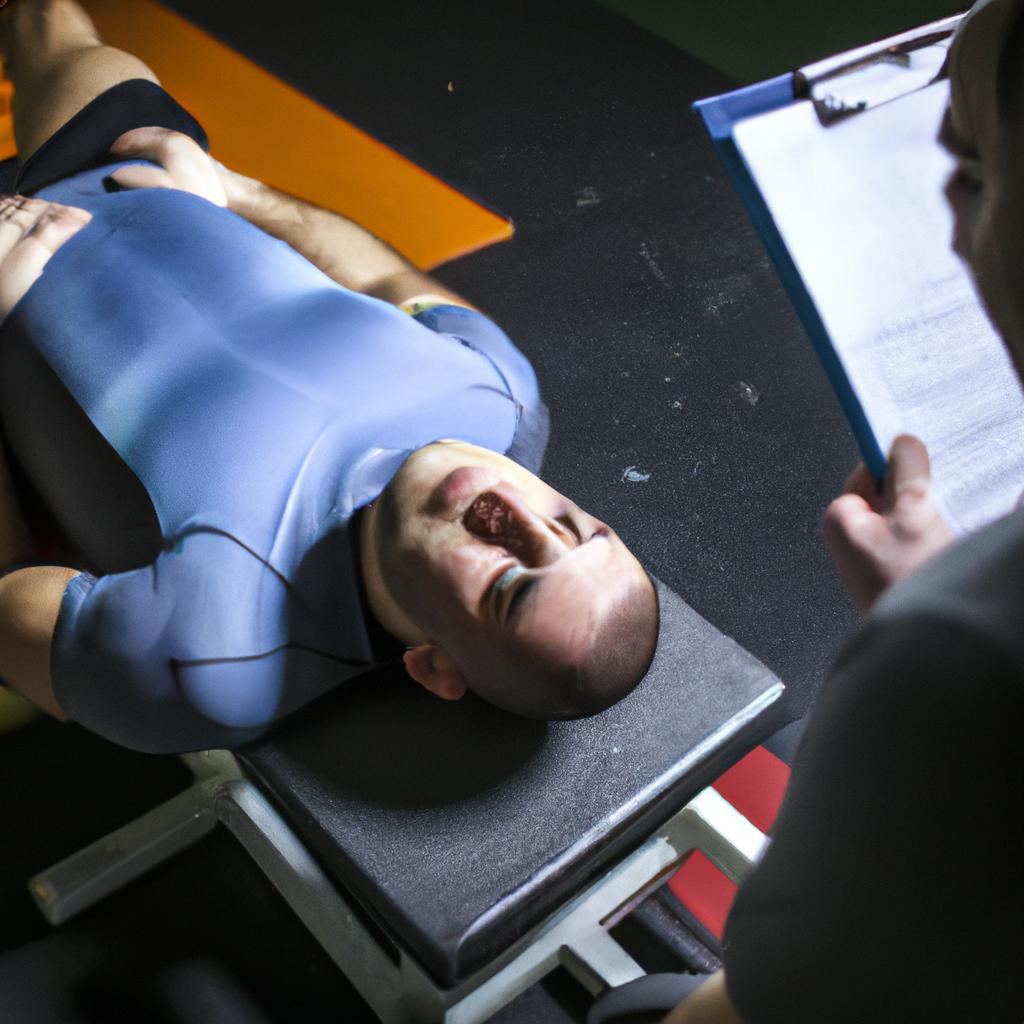**”Mental Toughness Through Visualization: Techniques for Athletes to Overcome Challenges and Enhance Performance”**
# Mental Toughness Through Visualization: Techniques for Athletes to Overcome Challenges and Enhance Performance
In the high-stakes world of sports, mental toughness can often be the deciding factor between victory and defeat. While physical training is essential, athletes increasingly recognize the importance of their mental game, particularly through techniques like visualization. Visualization is a mental rehearsal process where individuals create vivid mental images of their performance in specific scenarios. This article will explore how athletes can harness visualization techniques to enhance their performance, overcome challenges, and develop mental resilience.
## The Power of Visualization in Sports
### What is Visualization?
Visualization, also known as mental imagery or mental rehearsal, involves creating detailed mental pictures of an event or performance. It is a practice used by elite athletes across various sports to enhance focus, improve skills, and build confidence. The brain processes these mental images similarly to real experiences, allowing athletes to rehearse scenarios in their minds.
### How Visualization Enhances Performance
Research shows that visualization can lead to improved performance by activating the same neural pathways used during actual physical performance. When athletes visualize themselves succeeding, they are effectively training their brains to respond positively under pressure. This mental conditioning helps reduce anxiety, increase motivation, and foster a strong belief in their abilities.
## Techniques for Effective Visualization
### Creating a Detailed Mental Image
For visualization to be effective, athletes should create a detailed mental image of their performance. This includes not only visualizing the action itself—like hitting a home run or completing a marathon—but also imagining the sounds, smells, and feelings associated with the experience. The more sensory-rich the image, the more effective it will be.
### Incorporating Positive Affirmations
In conjunction with visualization, athletes can reinforce their mental imagery with positive affirmations. These are short, powerful statements that promote self-belief and confidence. For example, an athlete might visualize themselves crossing the finish line while repeating, “I am strong, I am capable, and I will succeed.” This combination of visualization and affirmations can create a powerful mental state conducive to optimal performance.
### Practicing Consistently
Like any skill, visualization requires consistent practice. Athletes should dedicate specific times each week to engage in visualization exercises. This could involve sitting quietly, closing their eyes, and running through their performance in their mind. Regular practice helps solidify the mental connections and prepares athletes to face challenges head-on.
## Nutrition Tips for Enhanced Mental Toughness
Nutrition plays a crucial role in mental fortitude and overall athletic performance. Here are some nutrition tips to support mental toughness:
– **Complex Carbohydrates**: Foods like whole grains, fruits, and vegetables provide a steady release of energy, which is essential for maintaining focus during performance.
– **Omega-3 Fatty Acids**: Found in fish, walnuts, and flaxseeds, omega-3s support brain health and cognitive function, enhancing mental clarity and resilience.
– **Hydration**: Dehydration can negatively impact concentration and mood. Athletes should aim to stay well-hydrated before, during, and after training sessions and competitions.
– **Antioxidant-Rich Foods**: Berries, dark chocolate, and leafy greens help combat oxidative stress and improve overall brain health, which is vital for maintaining a positive mindset.
## Exercise Advice for Building Mental Toughness
Physical conditioning is fundamental to mental toughness. Here are some exercise tips to complement visualization techniques:
– **Incorporate High-Intensity Interval Training (HIIT)**: HIIT workouts not only improve physical endurance but also teach athletes to manage discomfort and push through mental barriers.
– **Practice Mindfulness Yoga**: Yoga combines physical movement with mental focus, helping athletes develop awareness and control over their thoughts and emotions.
– **Engage in Team Sports**: Participating in team sports fosters a sense of camaraderie and collective resilience, allowing athletes to learn from each other and face challenges together.
## Health Benefits of Visualization Techniques
Visualization does not only benefit athletic performance; it also has broader health benefits:
– **Reduced Anxiety**: Visualization can help lower anxiety levels by training the brain to respond positively to stressors, leading to improved mental well-being.
– **Improved Sleep Quality**: Athletes who practice visualization techniques often report better sleep, as mental rehearsal can calm the mind and prepare the body for rest.
– **Enhanced Recovery**: Mental imagery has been shown to aid in physical recovery by promoting relaxation and reducing muscle tension.
## Conclusion
Mental toughness is a critical component of athletic success, and visualization techniques can significantly enhance an athlete’s ability to overcome challenges and improve performance. By creating detailed mental images, incorporating positive affirmations, and practicing consistently, athletes can strengthen their mental resilience. Furthermore, complementing these techniques with proper nutrition and exercise can amplify their benefits. In summary, embracing visualization not only optimizes performance but also fosters overall mental well-being, equipping athletes with the tools needed to succeed both on and off the field.















Post Comment